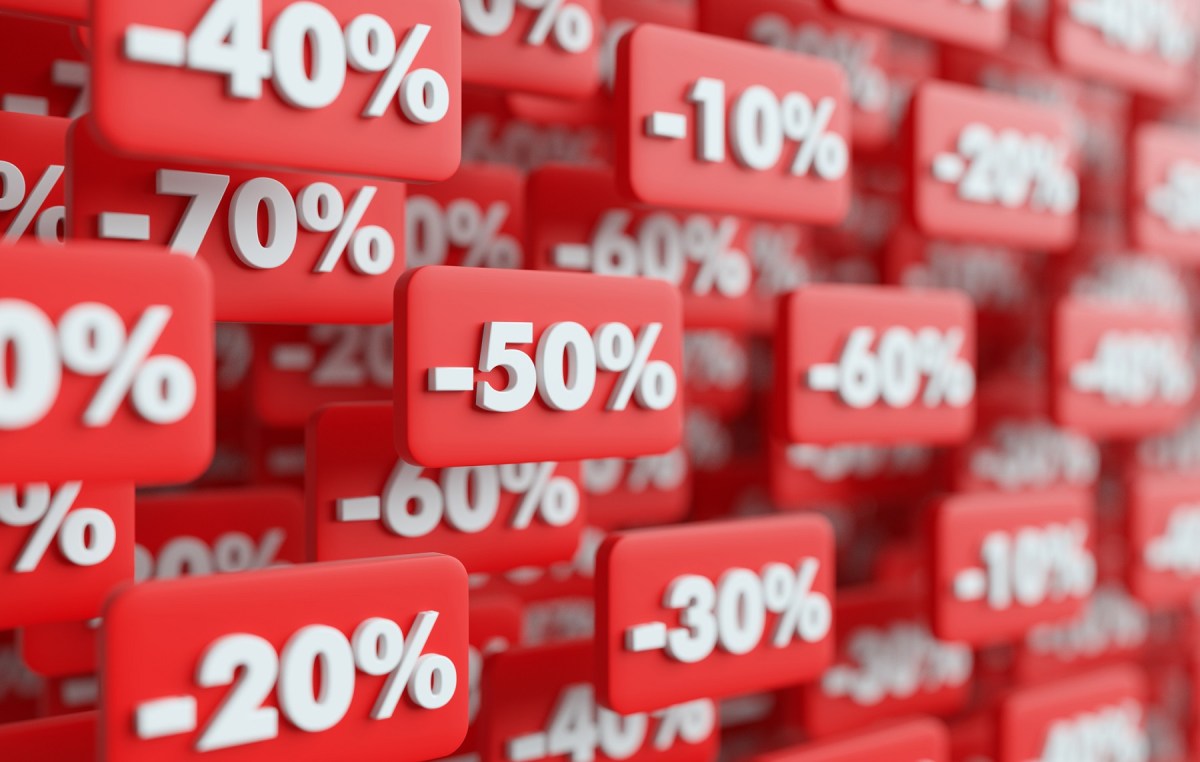Price will be paramount this holiday season as shoppers increasingly worry about inflated costs and tighter budgets, according to new Oracle Retail research.
In response, almost two-thirds (63%) of consumers already have, or plan to, shop early to ensure they can get the items they want and have more time to shop for deals. Nearly 61% of shoppers said current economic factors will cause them to spend less overall and 52% said they would consider a store financing or payment plan to cover the costs of gifts.
“Next to inventory availability, price is the leading factor in how and where Australian consumers will shop this holiday season,” Oracle Retail sales director Asia Pacific, Damien McLaughlin said.
“For retailers still dealing with the constant loop of limited inventory supplies or surpluses, getting merchandise and pricing strategies right will be make or break when it comes to managing margins and customer expectations.”
The price is right
Some 35% of people are worried they won’t have the money they would like to spend on holiday shopping due to rising commodity prices and 36% are concerned that the gifts they want to buy will be more expensive this year. As such, shoppers are committing extra time to finding the best deal and are considering payment plans to check items off their gift list.
More than three-quarters of people (73%) also plan to wait for big retail sales moments. While Black Friday still takes the crown with 41% of shoppers planning to participate, not far behind are after holiday sales (40%), Cyber Monday (23%), and Amazon Prime Days (21%).
Making a list, checking it twice
Shoppers are eager to give the gift of experiences this year. Top gifts consumers plan to buy more of this holiday season include experiences with friends and family (25%), gift cards (24%), fashion (19%), beauty (18%) and footwear, travel, or alcohol (17% each).
Stores are back, will the inventory be there?
With restrictions largely lifted, people are heading back to stores to holiday shop, but expectations for inventory availability remain high. More than half (53%) plan to shop mostly in store and 25% in store and online. Four in 10 (40%) said out-of-stock items would constitute a bad experience and 25% said they would simply go to another retailer if a product was not in stock.
“Merchandise in the wrong place at the wrong time can be the biggest cost to a retailer. We know that out-of-stock inventory compromises top line growth and customer satisfaction. Equally as important is its impact on margins. Retailers must be proactive in their placement of inventory as they consider size, style, and colour of the assortment to avoid massive store-to-store transfer costs,” McLaughlin added.
Delivery demands
Home delivery (66%) is still by far the most popular method to collect items bought online, compared to curbside (15%) or in-store pick up (13%). This creates urgency for retailers to ensure gifts are delivered on time while providing clear transparency along the way. In fact, 66% of consumers said receiving granular tracking as to the whereabouts of their purchase is important.
Almost four in 10 (39%) said fast delivery often determines who they will order from with 10% expecting same day delivery, 24% one to two day delivery and 40% three to five day delivery. Just over half (51%) are willing to pay more for expedited/guaranteed delivery.
“With consumers headed back to stores, retailers must create an endless aisle experience. Whether this means an associate helping an in-store shopper find an item online and shipping it to their home or giving online shoppers an accurate view of product availability at their nearest physical location. To maintain loyalty, nearly every interaction needs to end with the consumer getting the product they want in time for the holidays. And that execution begins with order transparency,” McLaughlin said.
Influencers not that influential
In 2022, email (28%) was the top place consumers find the most compelling offers and products, followed by in-store promotion at 18%, social media at 15%, and brand websites at 11%.
While shoppers preferred the below social media platforms, another 27% noted that none worked for them. Despite the hype, less than 1% of consumers turn to the metaverse to discover new products. And despite the rise in influencer B2C marketing, only 12% of consumers noted that seeing their favourite influencers suggest a product as the reason for them to hit the buy.

